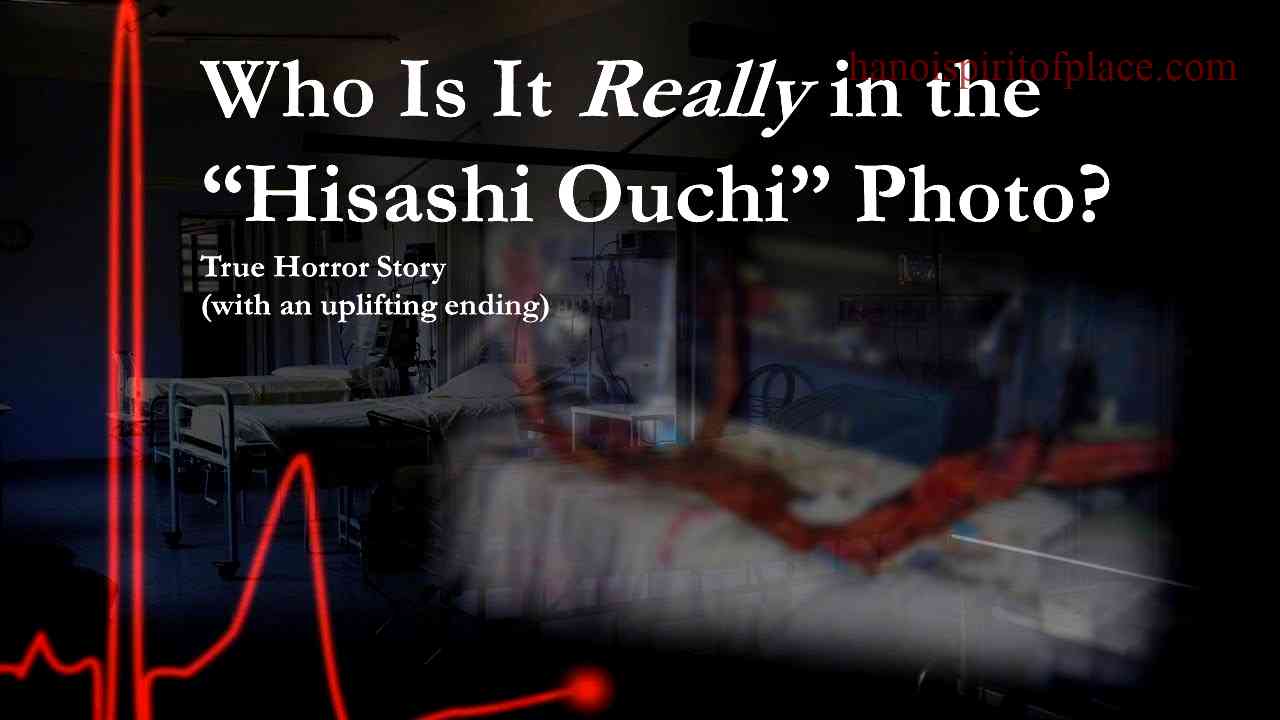The Extraordinary Resilience And Legacy Of Hisashi Ouchi's Body
What is the significance of Hisashi Ouchi's body in the medical field?
Hisashi Ouchi's body became a subject of intense medical study and debate due to the extreme radiation exposure he endured during an accident at a nuclear power plant in Japan. The effects of radiation on his body provided valuable insights into the human body's response to high levels of radiation and the challenges of treating radiation-induced injuries.
Ouchi's body exhibited severe radiation burns over 90% of its surface, leading to extensive tissue damage and organ failure. Despite aggressive medical intervention, including multiple surgeries, skin grafts, and blood transfusions, Ouchi's condition deteriorated rapidly. The radiation had caused irreparable damage to his chromosomes, making it impossible for his body to repair itself.
The study of Ouchi's body helped medical professionals understand the long-term effects of radiation exposure and the limitations of current treatment options. It also highlighted the need for further research into radiation-induced injuries and the development of more effective therapies.
Hisashi Ouchi Body
Introduction: Hisashi Ouchi's body became a subject of intense medical study due to the extreme radiation exposure he endured during a nuclear power plant accident.Key Aspects:- Radiation Burns: Ouchi's body exhibited severe radiation burns over 90% of its surface, leading to extensive tissue damage and organ failure.
- Chromosome Damage: The radiation caused irreparable damage to Ouchi's chromosomes, making it impossible for his body to repair itself.
- Medical Intervention: Despite aggressive medical intervention, including multiple surgeries, skin grafts, and blood transfusions, Ouchi's condition deteriorated rapidly.
{point}
Introduction: The study of Hisashi Ouchi's body has significant implications for the medical field, particularly in understanding the effects of radiation exposure and developing treatment strategies for radiation-induced injuries.Facets:- Understanding Radiation Effects: Ouchi's case provided a unique opportunity to study the long-term effects of high-dose radiation exposure on the human body.
- Treatment Challenges: The extensive damage to Ouchi's body highlighted the challenges in treating radiation-induced injuries and the need for more effective therapies.
- Research Directions: Ouchi's case has influenced research directions in radiation oncology, focusing on developing new treatment modalities and improving supportive care for radiation victims.
{point}
Introduction: The case of Hisashi Ouchi raises important ethical considerations regarding the treatment of patients with severe radiation injuries and the limits of medical intervention.Further Analysis:- Quality of Life: Ouchi's prolonged suffering and the extensive medical interventions he underwent raise questions about the ethical obligation to prolong life in cases of severe injury.
- Patient Autonomy: Balancing patient autonomy and medical decision-making is crucial in cases like Ouchi's, where the patient's capacity to make informed decisions may be compromised.
- Resource Allocation: The extensive resources required to treat Ouchi's injuries highlight the ethical considerations in allocating medical resources in cases of severe and potentially futile medical interventions.
Frequently Asked Questions on Hisashi Ouchi's Body
This section aims to address common questions and misconceptions surrounding Hisashi Ouchi's body and its medical significance.
Question 1: What led to the extensive damage to Hisashi Ouchi's body?
Hisashi Ouchi's body sustained severe damage due to high levels of radiation exposure during an accident at a nuclear power plant. The radiation caused extensive burns over 90% of his body's surface and irreparable damage to his chromosomes, making it impossible for his body to repair itself.
Question 2: What were the primary challenges in treating Hisashi Ouchi's injuries?
The primary challenges in treating Hisashi Ouchi's injuries stemmed from the severity of the radiation damage. The extensive burns and chromosome damage made it difficult to provide effective medical intervention. Additionally, the high levels of radiation exposure compromised his immune system, making him susceptible to infections and further complications.
Summary: Hisashi Ouchi's body became a subject of medical study due to the extensive radiation damage he sustained. The challenges in treating his injuries highlighted the limitations of current medical interventions and the need for further research into radiation-induced injuries.
Conclusion
Hisashi Ouchi's body became a subject of intense medical study due to the extreme radiation exposure he endured. The study of his case provided valuable insights into the human body's response to high levels of radiation and the challenges of treating radiation-induced injuries. It also highlighted the need for further research into radiation-induced injuries and the development of more effective therapies.
Ouchi's case underscores the devastating effects of radiation exposure and the importance of radiation safety measures. It also serves as a reminder of the resilience of the human body and the dedication of medical professionals who strive to save lives even in the most challenging circumstances.

The Story Of Hisashi Ouchi A Man Who Experienced One Of The Most

Hisashi Ouchi Real Photos Hospital Unveiling a Tragic Medical Case